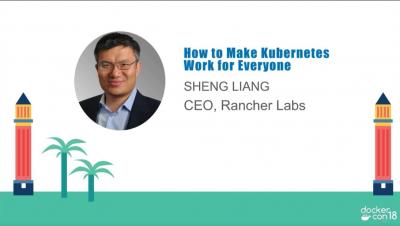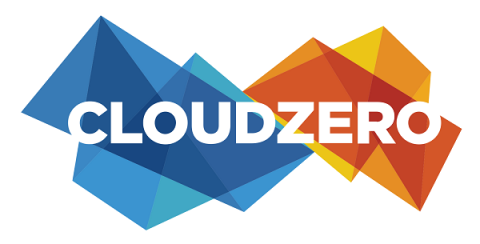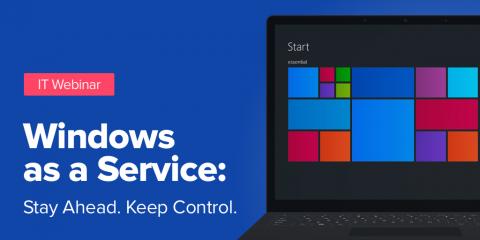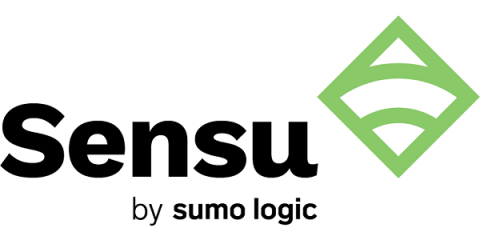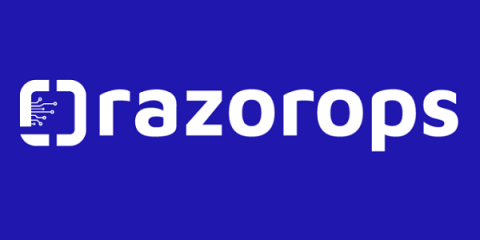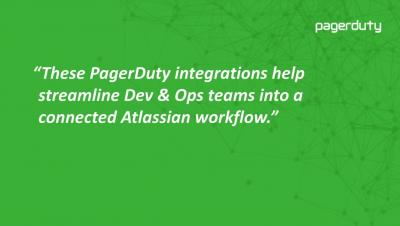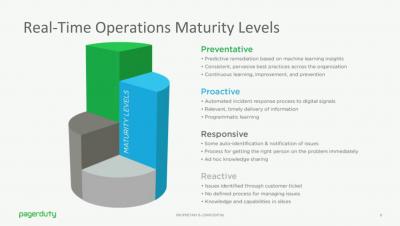Operations | Monitoring | ITSM | DevOps | Cloud
%term
The Rise of AIOps: How Data, Machine Learning, and AI Will Transform Performance Monitoring
AppDynamics surveyed 6,000 global IT leaders about application performance monitoring and AIOps. Read on to discover the trends shaping the space.
AWS Service Icon Vector Pack: Part Deux
We’re back with another giveaway, and this time it includes every icon released by Amazon in their AWS Architecture Icon PowerPoint deck. You can find the original deck here. The link below provides an svg file for every service and resource icon provided by Amazon in the PowerPoint file each grouped by the service category. That is a total of over 300 icons for you to use when creating your architecture diagrams, in SVG format so you never have to worry about size or screen resolution.
Windows as a Service: Stay Ahead. Keep Control.
With technology’s unrelenting advance, the evolution of the digital workplace has unarguably entered the fast lane. Microsoft – which provides critical digital workplace solutions through their Windows OS – is no exception. Indeed, end users indispensably depend on Microsoft’s range of workplace services to achieve everyday tasks – from simple log-ins to advanced programming – putting them at the front lines of any new updates and modifications.
On the merits of pubsub & workflows (or, why Sensu over Nagios)
Not too long ago in the Sensu Community Slack, the question: “Why Sensu instead of Nagios?” arose. Specifically, “How do I convince my boss to choose Sensu over Nagios?” I responded to the thread, but decided it was worthwhile to share my response with the wider community. At Willis Towers Watson, we moved from Nagios to Sensu 1.2 almost a year ago (and now we’re upgrading to Sensu Go).
DevOps for Startups
It’s hard to find time for DevOps in a startup when there’s so much else to do. Having a great idea is cool, you may already carved a plan, maybe even practiced some pitching and basically started working, you should be focusing on developing your product and doing that alone.
At the Center of Real-Time Operations: Using PagerDuty's new Atlassian Integrations
IBM & PagerDuty: Driving Real-Time Operations Excellence
timeShift(GrafanaBuzz, 1w) Issue 72
The Grafana Labs team converged on Seattle this week for KubeCon + CloudNativeCon NA 2018 where we announced a new Prometheus-inspired, open source logging project we’ve been working on named Loki. We’ve been overwhelmed by the positive response and conversations it’s sparked over the past few days. Please give it a try on-prem or in the cloud and give us your feedback. You can read more about the project, our motivations, and check out the presentation in the blog section below.


